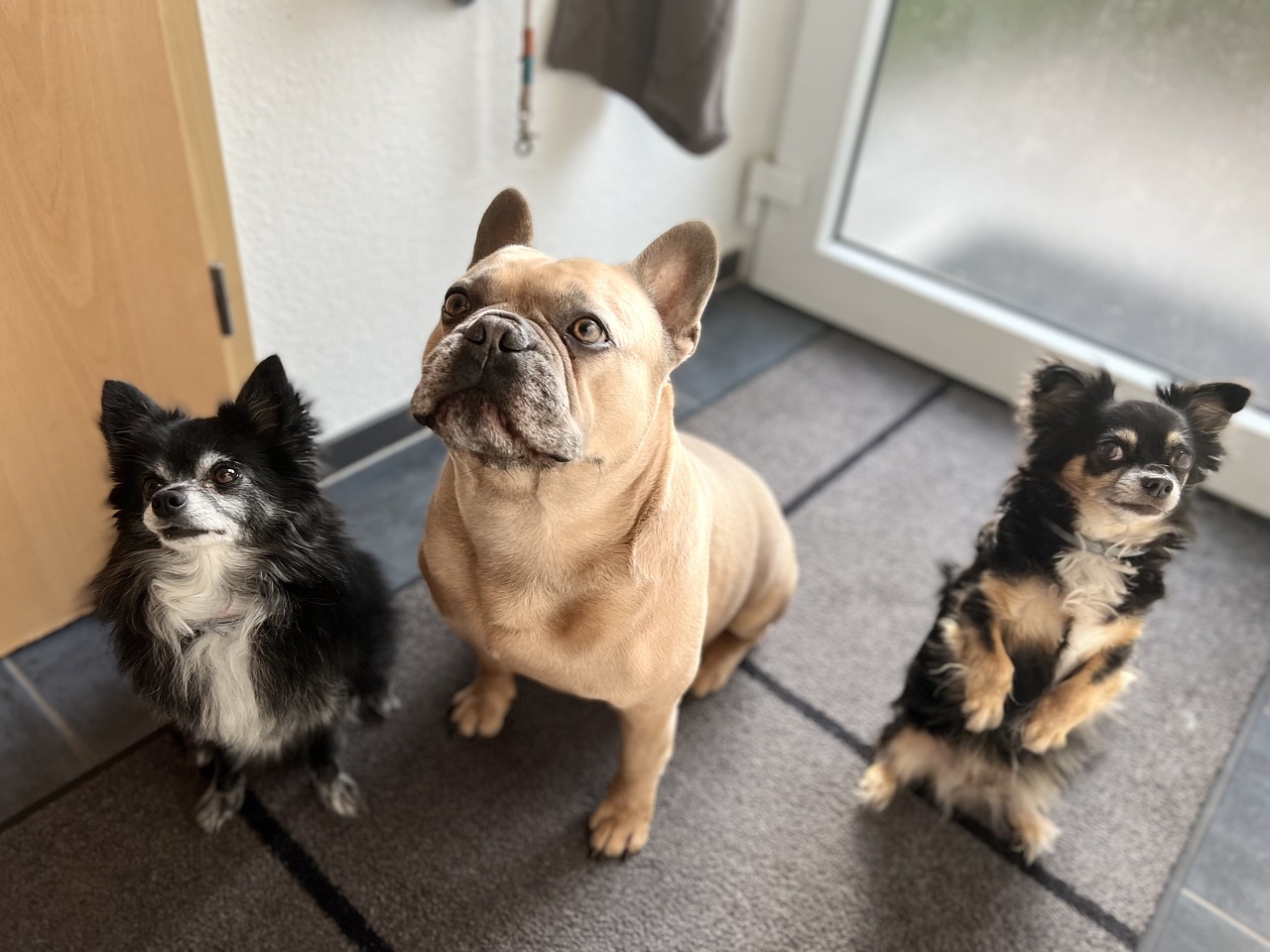Training multiple dogs in a single household can be a challenging endeavor, but maintaining a peaceful and harmonious living environment is worth it. While each dog’s unique personality and needs add layers of complexity to the training process, effective strategies can make the task manageable and even enjoyable. Today, we hope to offer actionable advice for those facing the intricate task of training multiple dogs, covering everything from understanding individual needs to creating a structured training environment.
Each Dog Is Unique
Understanding each dog’s unique personality and needs is the cornerstone of effective training, especially when dealing with multiple dogs in a single household. For instance, a timid dog may require a gentle and reassuring approach, while an outgoing or dominant dog might respond better to assertive commands. The key is to observe each dog’s behavior, preferences, and reactions in various situations. This will help you tailor your training methods to suit each dog’s temperament, making the process more efficient and less stressful for both you and your pets.
Assessing the individual training needs of each dog is equally important. Not all dogs require the same level of training, with some requiring more specialized attention. Behavioral issues such as separation anxiety or aggression toward other animals are examples of specialized training needs.
Breed-specific traits can also significantly affect how you approach training multiple dogs. For example, herding dogs like Border Collies may have a natural instinct to chase and gather, which could be channeled into specific training exercises. On the other hand, toy breeds like Chihuahuas may not require as much physical exercise but might benefit from mental stimulation and socialization training. Knowing these breed-specific traits can help you tailor your training methods, making them more effective and enjoyable for each dog.
Training Multiple Dogs
When it comes to training, consistency is key – in all aspects. Before beginning new training, find a way to introduce it into your current routine naturally – and if you don’t have a structured routine yet, we recommend creating one. A structured environment gives your dogs the best shot at adapting to new training. Having set feeding and walking times can help your dogs understand what to expect, making them more receptive to training sessions. A structured environment also helps reduce anxiety and behavioral issues, as dogs generally feel more comfortable having a routine to follow.
Finally, after understanding what your dogs need and providing them with a space conducive to that training, it comes time to actually start the training process. We have talked at length about different methods dog owners can use to train their pets and bond with them. What you choose to do is up to you, but make sure that you keep in mind the fact that each dog is unique.
Implementing the strategies mentioned can significantly improve the training process, but there are situations where professional dog training might be the most effective solution, especially for households with multiple dogs. Professional trainers bring a wealth of experience and expertise that can be invaluable in managing different personalities and training needs. They can assess each dog’s behavior and create personalized training plans that address specific issues, from basic obedience to more complex behavioral problems. Hiring a professional dog trainer can also save you time and effort, allowing you to focus on reinforcing the training at home rather than starting from scratch.
If you are looking for a Sarasota or Bradenton dog training school that will take your puppy or mature dogs to new levels of obedience, call Gulf Coast K9 Dog Training today for more information. Learn more about Puppy Training here.





